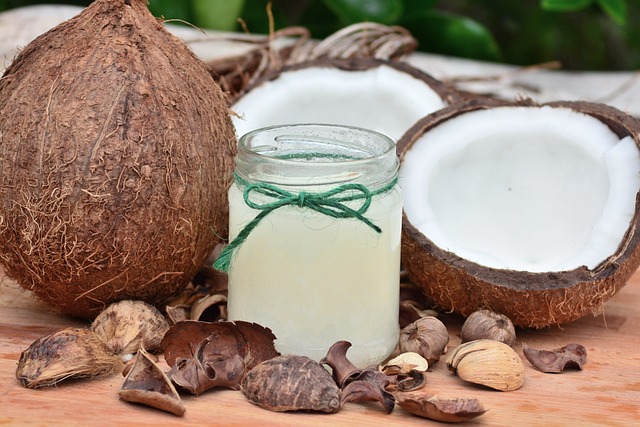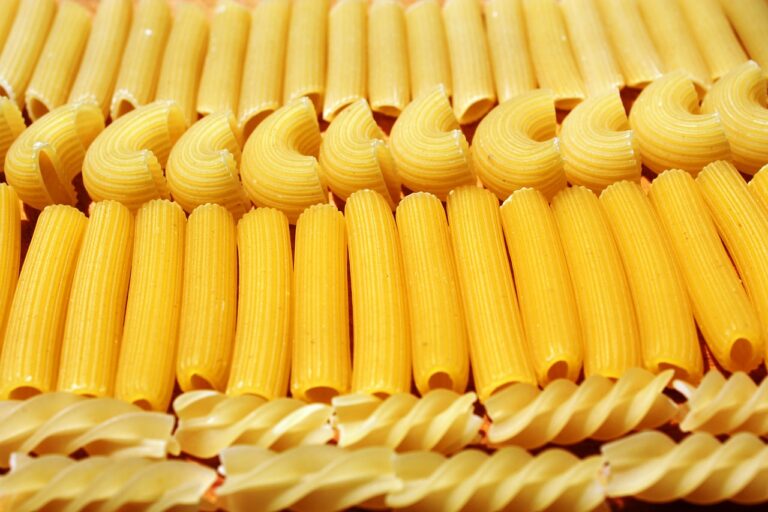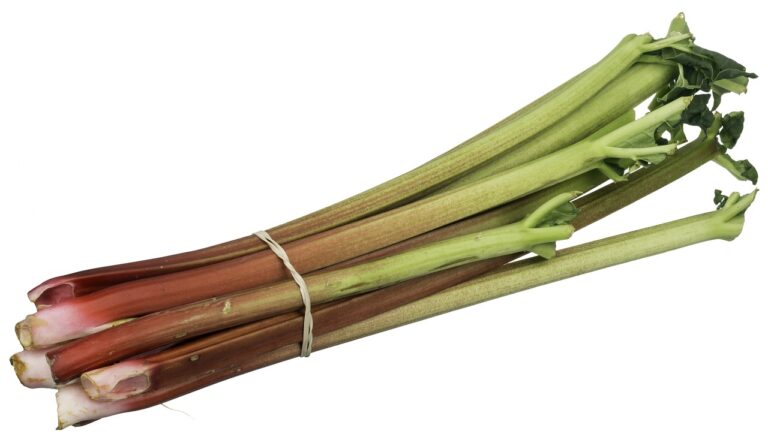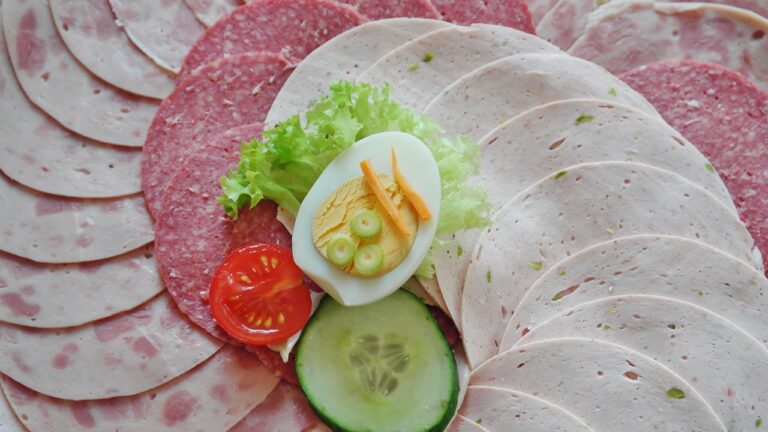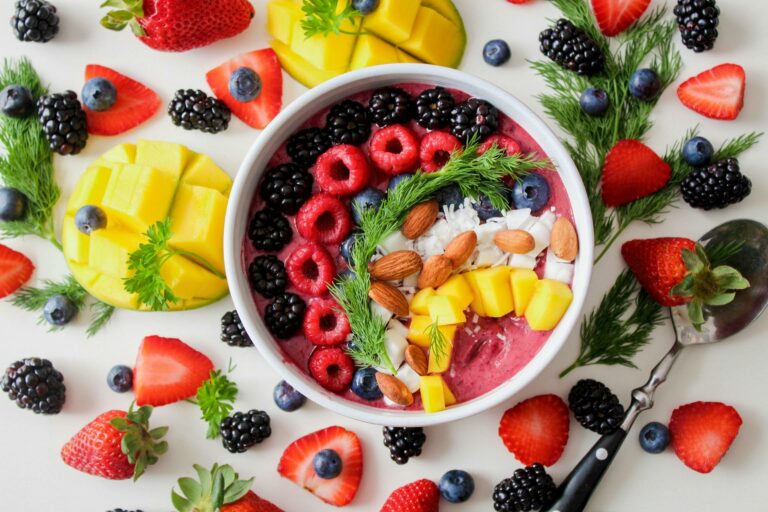The Art of Food Illustration: How to Create Appetizing Artwork
Food illustration is the art of depicting food in a visually appealing manner through drawings, paintings, or digital illustrations. It involves capturing the essence of the dish, highlighting its textures, colors, and details to evoke a sensory experience for the viewer. Throughout history, food illustration has played a significant role in enticing audiences, whether in cookbooks, menus, advertising, or packaging.
By using various techniques such as shading, line work, and color rendering, food illustrators bring dishes to life on paper or screen. They carefully study the subject, paying attention to the arrangement of elements, lighting, and overall composition to create a compelling visual representation. Food illustration allows artists to showcase their creativity and attention to detail while celebrating the artistry of culinary delights.
Choosing the Right Tools and Materials
When it comes to creating food illustrations, selecting the right tools and materials is crucial in bringing your vision to life. Pencils, pens, watercolors, and digital software are common choices for food illustrators. Each tool offers unique capabilities and effects, allowing artists to experiment and find their preferred medium.
In addition to tools, choosing the right materials is equally important. Quality paper that is suitable for your chosen medium can make a significant difference in the outcome of your food illustrations. Consider the texture, thickness, and overall quality of the paper to ensure that it complements your artistic style and technique. Investing in high-quality materials can elevate your illustrations and make them more visually appealing.
Understanding Composition and Color Theory
Composition and color theory play vital roles in creating captivating food illustrations. The way elements are arranged within a composition can greatly impact the overall aesthetic appeal of the artwork. By understanding principles such as balance, emphasis, and movement, artists can guide the viewer’s eye through the illustration in a deliberate way.
Additionally, color theory is crucial in evoking specific emotions and sensations in viewers. The choice of color palette can influence the mood of the illustration – warm colors like reds and oranges can convey feelings of energy and warmth, while cooler tones like blues and greens can evoke a sense of calm and peacefulness. It’s important for food illustrators to carefully select and harmonize colors to effectively communicate the desired message or atmosphere in their artwork.
What is food illustration?
Food illustration is a form of art where artists create visual representations of food using various techniques such as drawing, painting, or digital illustration.
How do I choose the right tools and materials for food illustration?
When choosing tools and materials for food illustration, consider factors such as the medium you prefer (e.g. watercolors, colored pencils, digital software), the level of detail you want to achieve, and the desired style of your illustration.
Why is understanding composition important in food illustration?
Composition is crucial in food illustration as it helps create visually appealing and balanced artwork. By understanding composition principles such as framing, balance, and focal points, you can effectively guide the viewer’s eye and create a sense of harmony in your illustration.
How does color theory play a role in food illustration?
Color theory is essential in food illustration as it helps artists choose the right colors to evoke specific moods or emotions in their artwork. By understanding color harmonies, contrasts, and color schemes, you can create vibrant and engaging food illustrations.

